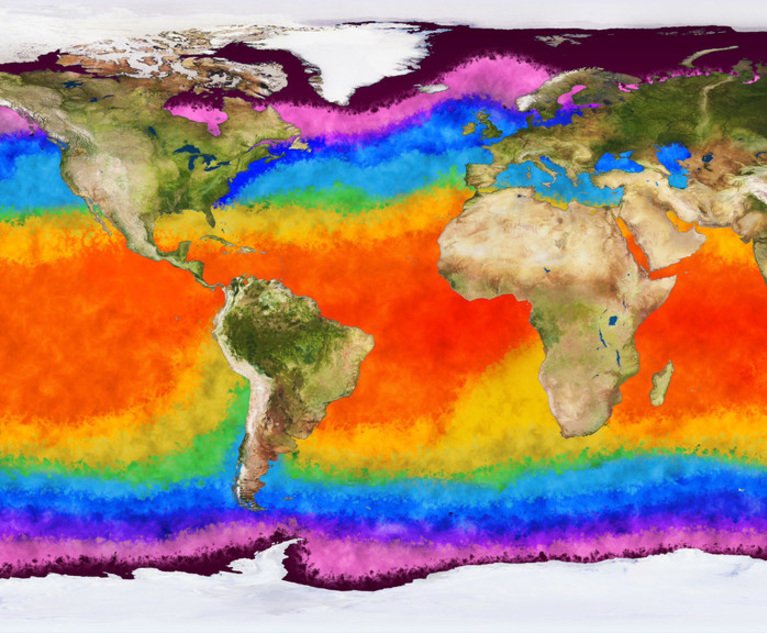 Global warming is causing fiercer wildfires, lasting droughts, and unprecedented severe convective storms. (Credit: boscorelli/Adobe Stock)
Global warming is causing fiercer wildfires, lasting droughts, and unprecedented severe convective storms. (Credit: boscorelli/Adobe Stock)
It could be argued that the current state of the property insurance market is the result of such major loss events as Hurricane Andrew in 1992 or Hurricane Katrina in 2005.
The increasing frequency and severity of weather catastrophes stems from global warming. It's happening in conjunction with fierce wildfires, lasting droughts, and unprecedented severe convective storms.
The insurance industry often bears the brunt of rebuilding efforts in the wake of natural disasters. It follows that in order to get in front of climate risk, insurers and their partners must adapt and modernize products.
Innovation and response
New technologies, creative coverages, alternative capital resources, revised business models, and organizational awareness are all tools that can guide insurers and brokers through the challenges facing the property insurance industry.
The use of technology in insurance is at a breakthrough point. Satellite imaging, drones, telematics, and the Internet of Things are being utilized by insurers to better assess and react to an array of risks. Consider flood risk, where investments in catastrophe modeling and aerial imagery fuel real-time assessments and storm impact. Insurance consultant Aon, for instance, has partnered with Finnish-Polish microsatellite manufacturer ICEYE to provide real-time imaging of typhoons and flood impact in Japan. Other insurers operating in flood-exposed regions would benefit from developing similar partnerships.
On the product side, parametric insurance has a significant role to play in managing climate risks. Consider the Florida parametric insurer StormPeace, which has developed a product that pays claims based on two indices: a storm's proximity to an insured property and, in the case of hurricanes, their category rating. Jumpstart, another parametric insurance product for earthquakes on the west coast, fulfills claims through the insured's response to a text message. Insureds need only respond to the text, then they receive $10,000 via direct deposit within 48 hours of the event.
Products like these have a huge role to play as supplementary options to the standard insurance market.
The wholesale, surplus market
The excess and surplus market is well-positioned to manage volatile climate risks. With the ability to underwrite free of rate and form, E&S carriers can diligently deploy their capital in flexible ways to meet client needs.
Admitted insurers are pulling back on underwriting certain climate risks. This expands the opportunity available to E&S carriers, making the excess and surplus market one of the fastest growing within the insurance industry. Brokers can benefit, too, from the power to piece together comprehensive coverage for today's most difficult risks.
Looking forward, the ability to respond quickly to severe climate events with appropriate risk-based pricing will ensure excess and surplus carriers continue to provide plentiful capital and coverages for clients who might otherwise be uninsurable.
This article is an abridged version of "Climate Catastrophe and Insurance Industry Resilience," an award-winning, insurance-industry white paper prepared by Temple University RMI student Rowan Williams. Visit https://www.wsia.org/wcm/Foundation/Contests to read this work in its entirety.
These opinions are the author's own.
© 2024 ALM Global, LLC, All Rights Reserved. Request academic re-use from www.copyright.com. All other uses, submit a request to [email protected]. For more information visit Asset & Logo Licensing.

